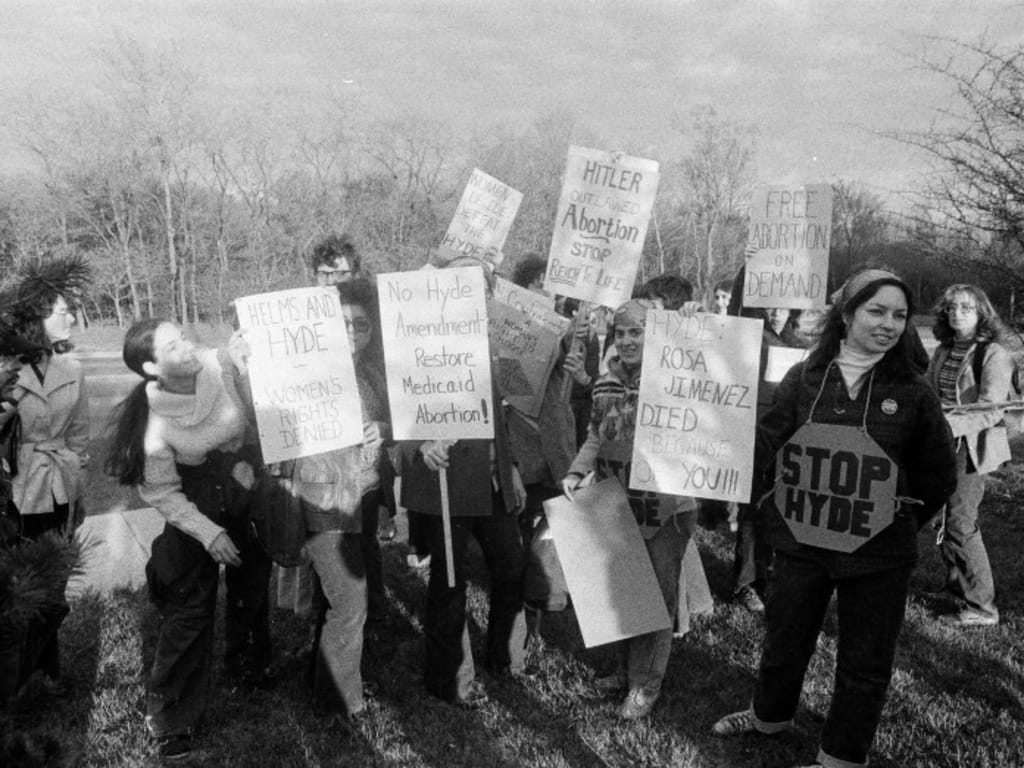The Legacy of Underground Abortion Networks: Fears of the Women Who Ran Them in the 1960s for Today's Society
The legacy of underground abortion networks in the 1960s and their concerns for current times.

The underground abortion networks of the 1960s were a response to restrictive abortion laws and the stigma associated with the procedure. Women who sought abortions had few options and faced significant risks, including injury, infection, and death. The women who ran these networks were often motivated by a desire to help other women, but they also faced significant risks, including arrest, imprisonment, and social ostracism. The legacy of these networks continues to be felt today, as access to safe and legal abortion remains a contentious issue in many parts of the world.
One of the most significant fears of the women who ran underground abortion networks in the 1960s was the risk of arrest and imprisonment. Abortion was illegal in most states in the US, and those who provided the procedure were subject to criminal prosecution. Many women who sought abortions were also afraid of being caught and facing legal consequences. The women who ran the networks had to be extremely careful to avoid detection by law enforcement, which often involved using false names and operating in secret locations.
Today, the fear of arrest and imprisonment remains a concern for those who provide or seek abortions in countries where the procedure is illegal or highly restricted. In some parts of the world, women who have abortions can be subject to harsh legal penalties, including imprisonment and even death. Providers of illegal abortions can also face significant legal consequences, including imprisonment and loss of their medical license. The legacy of the underground abortion networks of the 1960s serves as a reminder of the risks that women and providers face in countries where abortion is illegal or highly restricted.
Another fear of the women who ran underground abortion networks in the 1960s was the risk of injury or death to themselves or their patients. Without access to safe medical procedures, women who sought abortions were at risk of serious complications, including infection, injury, and even death. Women who provided abortions were also at risk of injury or death, as they often had to use improvised medical equipment and had little or no training in medical procedures.
Today, the risks of injury or death from unsafe abortions remain a significant concern in countries where access to safe and legal abortion is limited. According to the World Health Organization, unsafe abortions are a leading cause of maternal mortality, accounting for 13% of all maternal deaths worldwide. In many countries, women who seek abortions have little choice but to turn to untrained providers or attempt to self-induce the procedure, putting themselves at significant risk. The legacy of the underground abortion networks of the 1960s highlights the importance of access to safe and legal abortion to protect the health and lives of women.
The women who ran underground abortion networks in the 1960s also faced social stigma and ostracism. Abortion was a taboo subject at the time, and those who sought or provided abortions were often viewed as immoral or deviant. Women who sought abortions were often afraid to tell anyone, even their closest friends and family, for fear of being judged or rejected. Women who provided abortions were also often socially isolated, as their work was illegal and stigmatized.
Today, social stigma and ostracism continue to be a significant issue for those who seek or provide abortions in many parts of the world. Women who have abortions can face judgment and rejection from their families, friends, and communities, even in countries where the procedure is legal. Providers of abortions can also face social isolation and stigma, as their work is often viewed as immoral or unethical. The legacy of the underground abortion networks of the 1960s serves as a reminder of the need to reduce stigma and increase acceptance of abortion as a legitimate and necessary healthcare procedure.
In conclusion, the legacy of the underground abortion networks of the 1960s continues to be felt today, as access to safe and legal abortion remains a contentious issue in many parts.






Comments
There are no comments for this story
Be the first to respond and start the conversation.